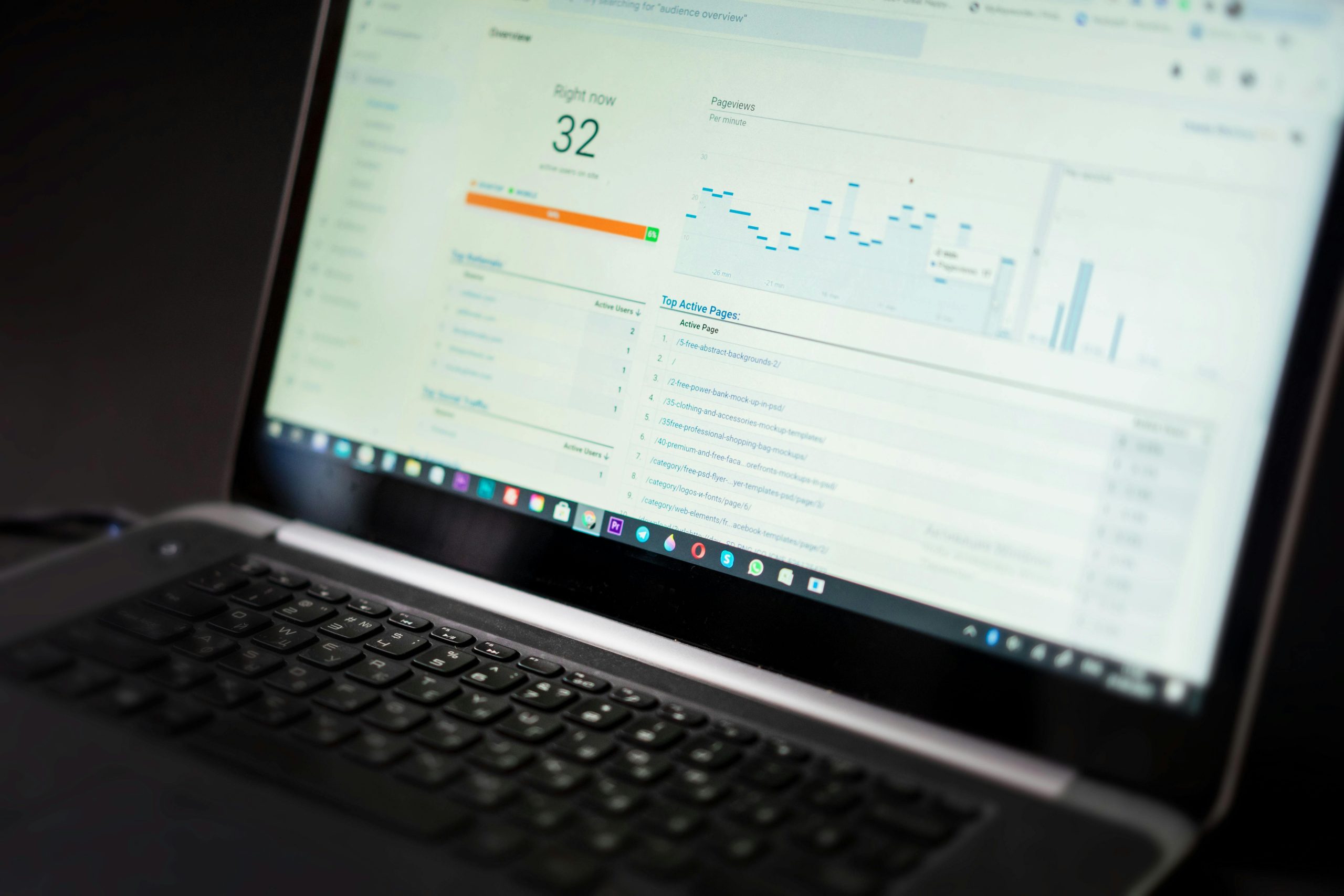In today’s fast-paced healthcare environment, real-time patient monitoring is essential for improving outcomes and reducing risks. Patient monitoring software with real-time alerts ensures healthcare providers can respond quickly to critical changes in a patient’s condition, whether in hospitals, clinics, or remote settings. As we move into 2024, several advanced solutions stand out for their accuracy, reliability, and seamless integration with existing healthcare systems. This article explores the best patient monitoring software for real-time alerts, helping medical professionals make informed decisions.
Why Real-Time Patient Monitoring Software Matters
Real-time patient monitoring software plays a crucial role in modern healthcare by providing instant notifications when a patient’s vitals deviate from normal ranges. These systems track key metrics such as heart rate, blood pressure, oxygen saturation, and respiratory rate, alerting clinicians to potential emergencies before they escalate. The benefits include:
- Improved Patient Safety: Early detection of abnormalities reduces complications and enhances care.
- Enhanced Efficiency: Automated alerts minimize manual checks, allowing staff to focus on critical tasks.
- Remote Monitoring Capabilities: Enables continuous care for patients outside traditional clinical settings.
- Data-Driven Decisions: Real-time analytics support proactive interventions and personalized treatment plans.
With the right software, healthcare providers can ensure timely interventions, ultimately saving lives and optimizing workflows.
Top Patient Monitoring Software for Real-Time Alerts in 2024
Here are the leading patient monitoring solutions that excel in delivering real-time alerts and comprehensive patient data analysis:
1. Philips IntelliVue Guardian
Philips IntelliVue Guardian is a top-tier solution for acute and critical care settings. It offers advanced alarm management, customizable alert thresholds, and seamless integration with electronic health records (EHR). Key features include:
- AI-powered early warning scores (EWS) for predicting patient deterioration.
- Multi-parameter monitoring with real-time data visualization.
- Mobile alerts for clinicians via smartphones or tablets.
This system is ideal for hospitals seeking a reliable, scalable monitoring platform.
2. GE Healthcare CARESCAPE
GE Healthcare’s CARESCAPE platform provides robust real-time monitoring with a focus on interoperability. Its standout features include:
- Centralized monitoring for multiple patients across units.
- Predictive analytics to identify trends and potential risks.
- Secure cloud-based access for remote patient management.
CARESCAPE is widely used in ICUs and emergency departments for its precision and ease of use.
3. Masimo Patient SafetyNet
Masimo’s Patient SafetyNet system specializes in non-invasive monitoring and wireless connectivity. It is particularly effective for post-surgical and general floor monitoring. Highlights include:
- Masimo SET® technology for accurate SpO2 and pulse rate measurements.
- Automated alerts sent to nursing stations and mobile devices.
- Compatibility with wearable sensors for continuous tracking.
This solution is praised for reducing alarm fatigue while maintaining high sensitivity.
4. Medtronic VitalSync
Medtronic VitalSync is a versatile platform supporting both hospital and home-based monitoring. Its key advantages are:
- Real-time ECG and vital sign monitoring with AI-driven insights.
- Customizable alert settings based on patient-specific criteria.
- Seamless integration with telehealth services.
VitalSync is an excellent choice for healthcare providers managing chronic conditions remotely.
5. Biofourmis Biovitals
Biofourmis leverages artificial intelligence to deliver predictive and real-time patient monitoring. Its Biovitals platform is designed for precision medicine, offering:
- Personalized baseline tracking to detect subtle deviations.
- Multi-modal data aggregation from wearables and medical devices.
- Automated clinical notifications with actionable insights.
This software is ideal for research-driven institutions and remote patient care programs.
Key Features to Look for in Patient Monitoring Software
When selecting patient monitoring software, consider the following essential features:
- Customizable Alerts: Adjustable thresholds to reduce false alarms and prioritize critical events.
- Interoperability: Compatibility with EHRs, telehealth platforms, and other hospital systems.
- Scalability: Ability to expand across departments or facilities without performance issues.
- User-Friendly Interface: Intuitive dashboards for quick interpretation of patient data.
- Data Security: Compliance with HIPAA and other regulatory standards to protect patient information.
Investing in software with these capabilities ensures long-term value and improved patient outcomes.
Conclusion
Real-time patient monitoring software is transforming healthcare by enabling faster responses to critical situations. The top solutions in 2024—such as Philips IntelliVue Guardian, GE CARESCAPE, Masimo Patient SafetyNet, Medtronic VitalSync, and Biofourmis Biovitals—offer advanced features tailored to diverse clinical needs. By prioritizing customizable alerts, interoperability, and scalability, healthcare providers can enhance patient safety and operational efficiency. As technology continues to evolve, these tools will play an even greater role in delivering proactive, data-driven care.
